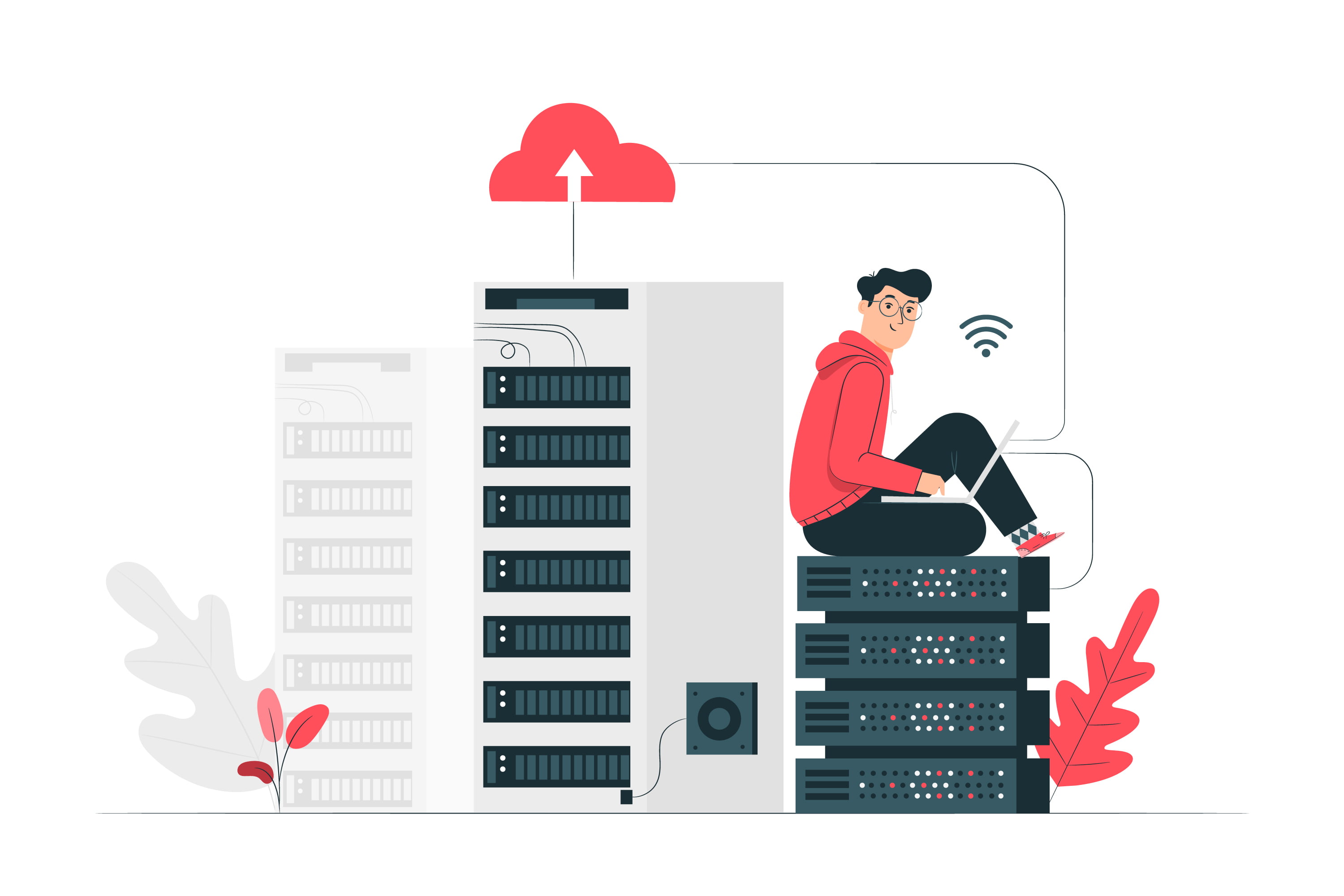Software for Customer Support: How to Not Tie Yourself Into Knots When Interacting With Clients
Long-term relationships with customers are a priority in any business. Thus, the CRM popularity keeps growing. According to the SupperOffice survey, it is expected to reach more than $80 billion investments by 2025. How can it be explained? The majority of companies are prone to invest in these tools as they invest not in the digital system but in improvements related to understanding customer needs.
Business owners tend to manage real-time clients’ data as they want to make customer experience personalized. Using an automated system, the entrepreneurs kill two birds with one stone. On the one hand, they can monitor the sales department work and communication between sales managers and customers. On the other hand, their managers keep all customers in the one database and close deals faster.
So, how does it work from the inside?
About CRM
What is CRM tool? This system helps you get new ways to communicate with your customers. Since the CRM accumulates information about customers, your managers can not only make more accurate decisions but also be aware of the latest actions, sales or products offered to the client.
Thus, the team plans and monitors activity carefully, that allows them to improve service quality and increase sales metrics. So, what does it include? As a rule, comprehensive CRM covers features for the client and lead management, e-invoicing, analytics, task management, and so on.
Moreover, with such a tool, each sales manager gets a list of all customers as well as the tasks that are related to them. It makes it easier to find and identify clients as well as speeds up the processing of their requests.
How CRM works
Most likely, your sales department manages all customer information by using Excel. Now imagine that all processes are linked, information is saved in one place and your managers don't need to spend time on additional data processing. All you need is in a snap.
Lead management
Clicking on the customer profile you open its card. You don’t need to keep all the info in your mind, just open CRM and find the customer. Here you can get the entire information about your client or lead (for example, customer data, billing data, products, contacts, etc.), the company they work at, the services provided, the phone number or the email.
Customer profile
By opening the card, you can also view the history of interaction with the client. It includes all actions you take during the sales pipeline.
History of interaction with the client
Most likely, you need to wait a long time for your accountant to create an invoice and send it to the client. Now, your sales managers can do it twice faster. Since all customer data is in the system, electronic invoices can be filled in automatically. It reduces the number of human errors and the time to fill out forms manually.
Invoice section
You can also view your invoice status, send payment notifications to your customer, get overall statistics by categories and download a ready-made template to your computer in different formats.
Invoice status by categories
Since all tasks and time for their execution are recorded as well as team activity is tracked, you can generate and download detailed reports on your team progress. Thus, you get statistics on the number of successful or failed transactions, tasks completed, time spent on each task and so on.
So, if you are focused on improving your interaction with your audience then customer support software is the best choice. Take care of your sales processes - send a request and get a CRM tool from our team!



